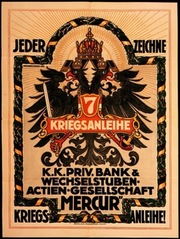Neue Galerie
Neue Galerie New York is a museum devoted to early twentieth-century German and Austrian art and design, displayed on two exhibition floors. The second-floor galleries are dedicated to art from Vienna circa 1900, exploring the special relationship that existed then between the fine arts (of Gustav Klimt, Egon Schiele, Oskar Kokoschka, Richard Gerstl, and Alfred Kubin) and the decorative arts (created at the Wiener Werkstätte by such well-known figures as Josef Hoffmann, Koloman Moser, and Dagobert Peche, and by such celebrated architects as Adolf Loos, Joseph Urban, and Otto Wagner). The third-floor galleries feature German art representing various movements of the early twentieth century: the Blaue Reiter and its circle (Vasily Kandinsky, Paul Klee, August Macke, Franz Marc, Gabriele Münter); the Brücke (Erich Heckel, Ernst Ludwig Kirchner, Hermann Max Pechstein, Karl Schmidt-Rottluff); the Bauhaus (Lyonel Feininger, Paul Klee, László Moholy-Nagy, Oskar Schlemmer); the Neue Sachlichkeit (Otto Dix, George Grosz, Christian Schad); as well as applied arts from the Werkbund (Peter Behrens) and the Bauhaus (Marianne Brandt, Marcel Breuer, Ludwig Mies van der Rohe, Wilhelm Wagenfeld).

























